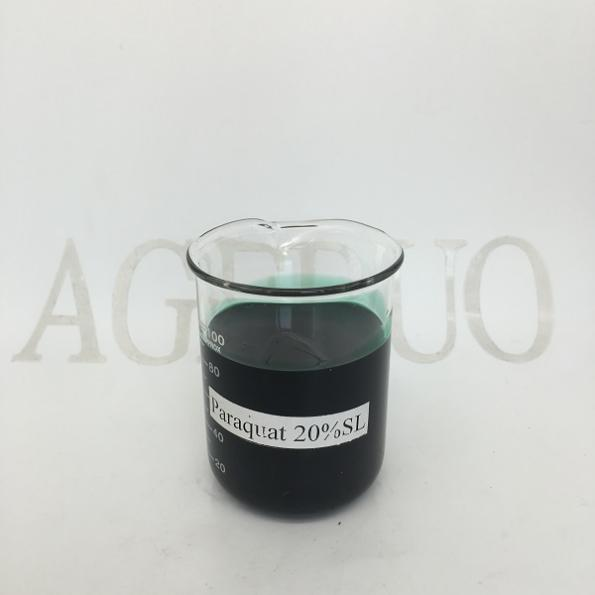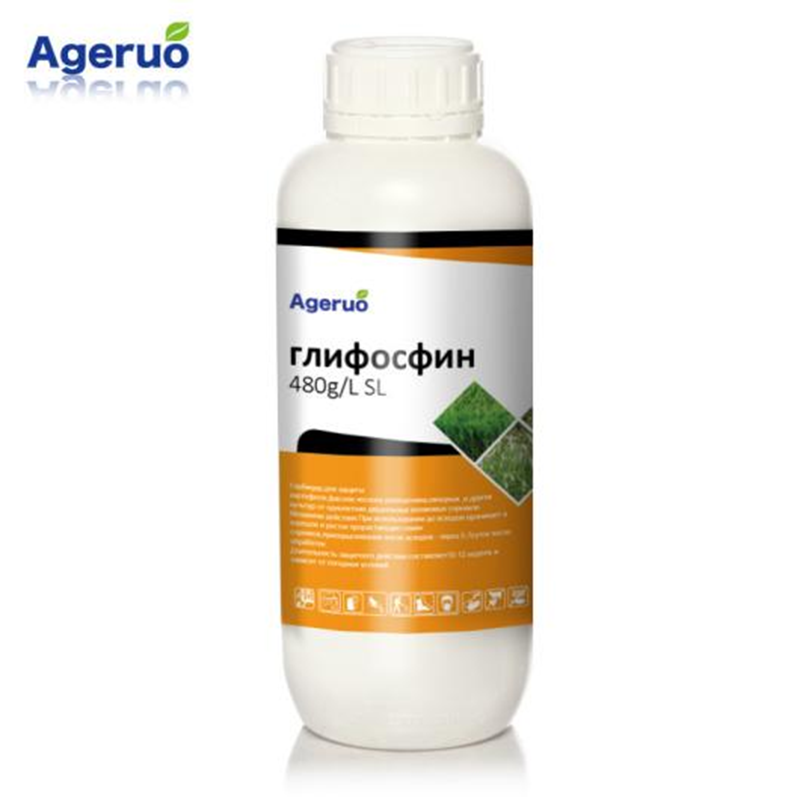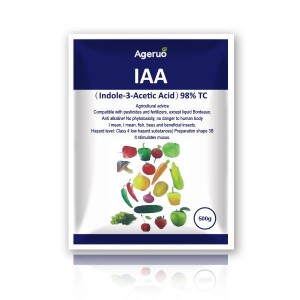Contact herbicides are chemicals used to manage weeds by destroying only the plant tissues they come into direct contact with. Unlike systemic herbicides, which are absorbed and move within the plant to reach and kill its roots and other parts, contact herbicides act locally, causing damage and death only in the areas they touch.
Contact herbicides are among the earliest forms of herbicides developed for agricultural and non-agricultural weed control. Their use dates back to the early 20th century, and despite the advent of more sophisticated herbicide technologies, contact herbicides remain highly effective for certain applications, particularly where quick, localized weed control is needed.
Importance in Weed Management
The significance of contact herbicides in modern weed management lies in their rapid action and ability to control specific problem areas without affecting surrounding vegetation. This makes them invaluable in both agricultural settings, such as inter-row weeding, and non-crop areas like pathways and industrial sites.
Mode of Action of Contact Herbicides
Contact herbicides work by directly damaging the plant cells they come into contact with. This damage typically involves rupturing the cell membranes, leading to leakage of cell contents and rapid death of the affected tissues. The specific mechanism can vary depending on the herbicide but generally results in a quick and visible impact.
Types of Damage to Plant Cells
The primary types of cellular damage caused by contact herbicides include:
Cell Membrane Disruption: Leading to cell leakage and desiccation.
Oxidative Stress: Induced by the generation of reactive oxygen species (ROS), which damage cellular components.
pH Imbalance: Causing cellular dysfunction and death.
Comparison with Systemic Herbicides
Unlike contact herbicides, systemic herbicides are absorbed by the plant and transported to various parts, including roots and shoots, to kill the entire plant. This makes systemic herbicides effective for perennial weed control, as they can target the underground parts of the weed. However, contact herbicides are preferred for their rapid action and reduced risk of affecting non-target plants.
Application of Contact Herbicides
Contact herbicides are typically applied as sprays, requiring thorough coverage of the target plant’s foliage to be effective. Proper application techniques are crucial to ensure maximum efficacy and to minimize waste and non-target damage.
For optimal results, contact herbicides should be applied during the growing season when weeds are actively growing and have sufficient leaf area to absorb the herbicide. Early morning or late afternoon applications are often preferred to reduce evaporation and drift.
Precision is vital when using contact herbicides. Care must be taken to apply the herbicide only to the weeds, as these herbicides are generally non-selective and can harm desirable plants they come into contact with. Using protective shields and directed spraying techniques can help achieve this precision.
Usage Scenarios for Contact Herbicides
Control of Annual Weeds
Contact herbicides are particularly effective against annual weeds, which complete their lifecycle in one season. By destroying the above-ground parts, these herbicides prevent seed production and the spread of annual weeds.
Inter-row Weed Control
In agricultural settings, contact herbicides are often used to control weeds between crop rows without affecting the crops themselves. This selective application helps maintain crop health while managing weed populations.
Use in Non-crop Areas
Contact herbicides are frequently used in non-crop areas such as pathways, industrial sites, and railways where broad-spectrum weed control is needed. Their rapid action and effectiveness in these environments make them a valuable tool for vegetation management.
Common Contact Herbicides
Mode of Action: Diquat disrupts cell membranes, causing rapid desiccation of plant tissues.
Use Cases: Often used for desiccating potato vines before harvest and controlling aquatic weeds.
Characteristics: Fast-acting with visible results within hours.
Mode of Action: Paraquat induces the production of reactive oxygen species, which damage cell components, leading to rapid plant death.
Use Cases: Commonly used in agriculture for burndown applications before planting and in non-crop areas.
Characteristics: Extremely fast-acting but highly toxic, requiring careful handling and application.
Mode of Action: This fatty acid disrupts cell membranes, leading to rapid desiccation of plant tissues.
Use Cases: Often used in organic farming as a non-selective herbicide for spot treatments.
Characteristics: Derived from natural sources and considered safer for the environment.
Mode of Action: Glufosinate inhibits the enzyme glutamine synthetase, leading to a buildup of toxic levels of ammonia within plant cells.
Use Cases: Used for weed control in various crops, including corn and soybeans, as well as for turf and ornamental applications.
Characteristics: Non-selective and fast-acting.
Mode of Action: Lowers the pH within plant cells, leading to desiccation and death of the plant tissue.
Use Cases: Used in organic farming and home gardens for control of young weeds.
Characteristics: Natural and biodegradable, with effectiveness depending on concentration.
Advantages of Contact Herbicides
Rapid Results
One of the primary advantages of contact herbicides is their ability to produce rapid results. Visible effects often occur within hours to a few days, making them ideal for situations where quick weed control is needed.
No Soil Residue
Contact herbicides generally do not leave residues in the soil, allowing for safe planting of crops shortly after application. This lack of soil residuals makes them suitable for integrated weed management systems.
Targeted Action
The localized action of contact herbicides allows for precise weed management in specific problem areas without affecting the entire field or garden. This targeted action is beneficial in both agricultural and non-agricultural settings.
Limitations of Contact Herbicides
Regrowth of Weeds
Since contact herbicides do not affect the roots, perennial weeds may regrow from underground parts. This limitation requires repeated applications or integration with other weed control methods.
Non-Selective Killing
Contact herbicides can damage any plant they touch, necessitating careful application to avoid harming desirable plants. This non-selectivity requires precise targeting and protective measures during application.
Safety Concerns
Some contact herbicides, like paraquat, are highly toxic and require stringent safety measures. Proper protective equipment and application techniques are essential to minimize risks to human health and non-target organisms.
Post time: May-17-2024












